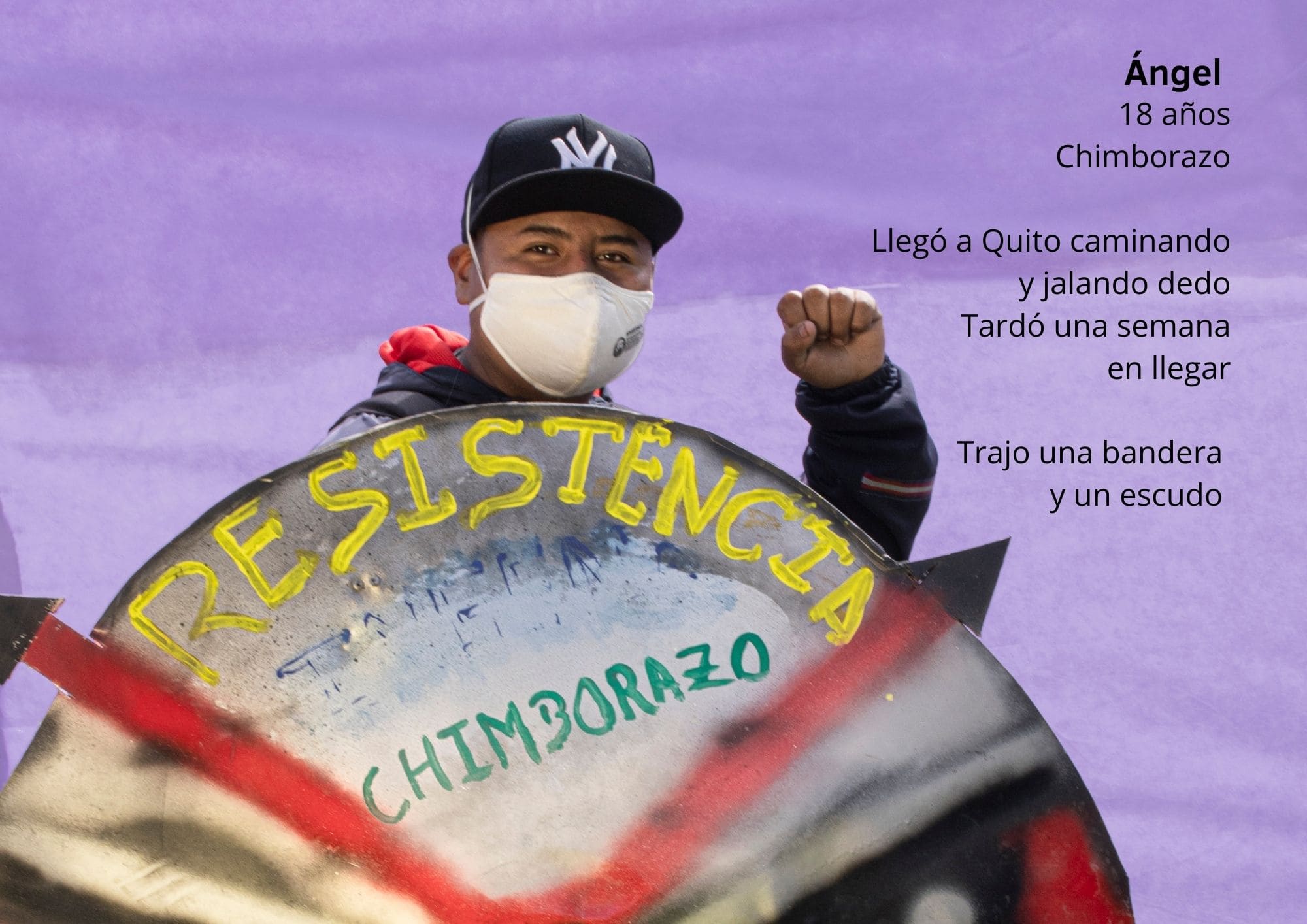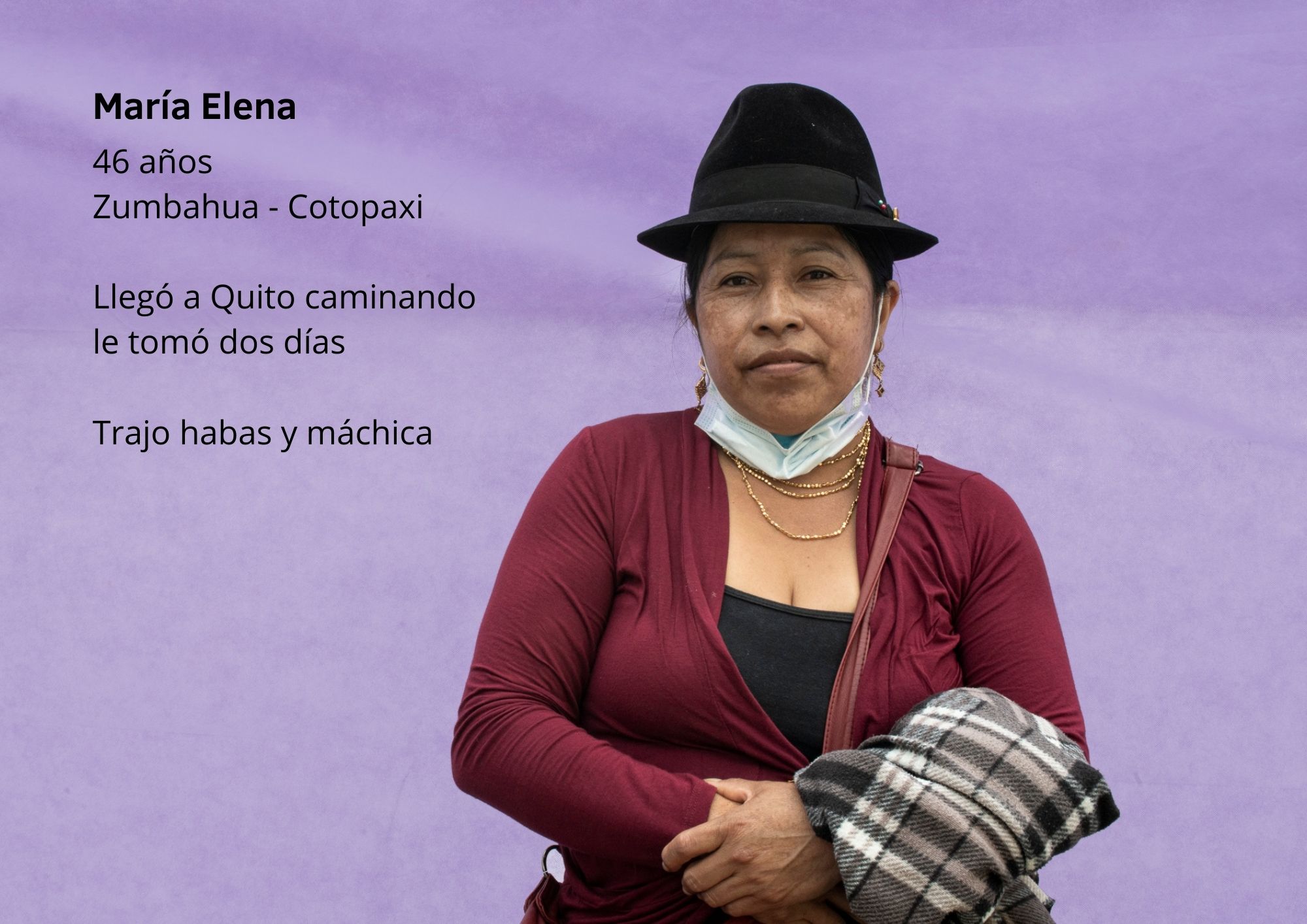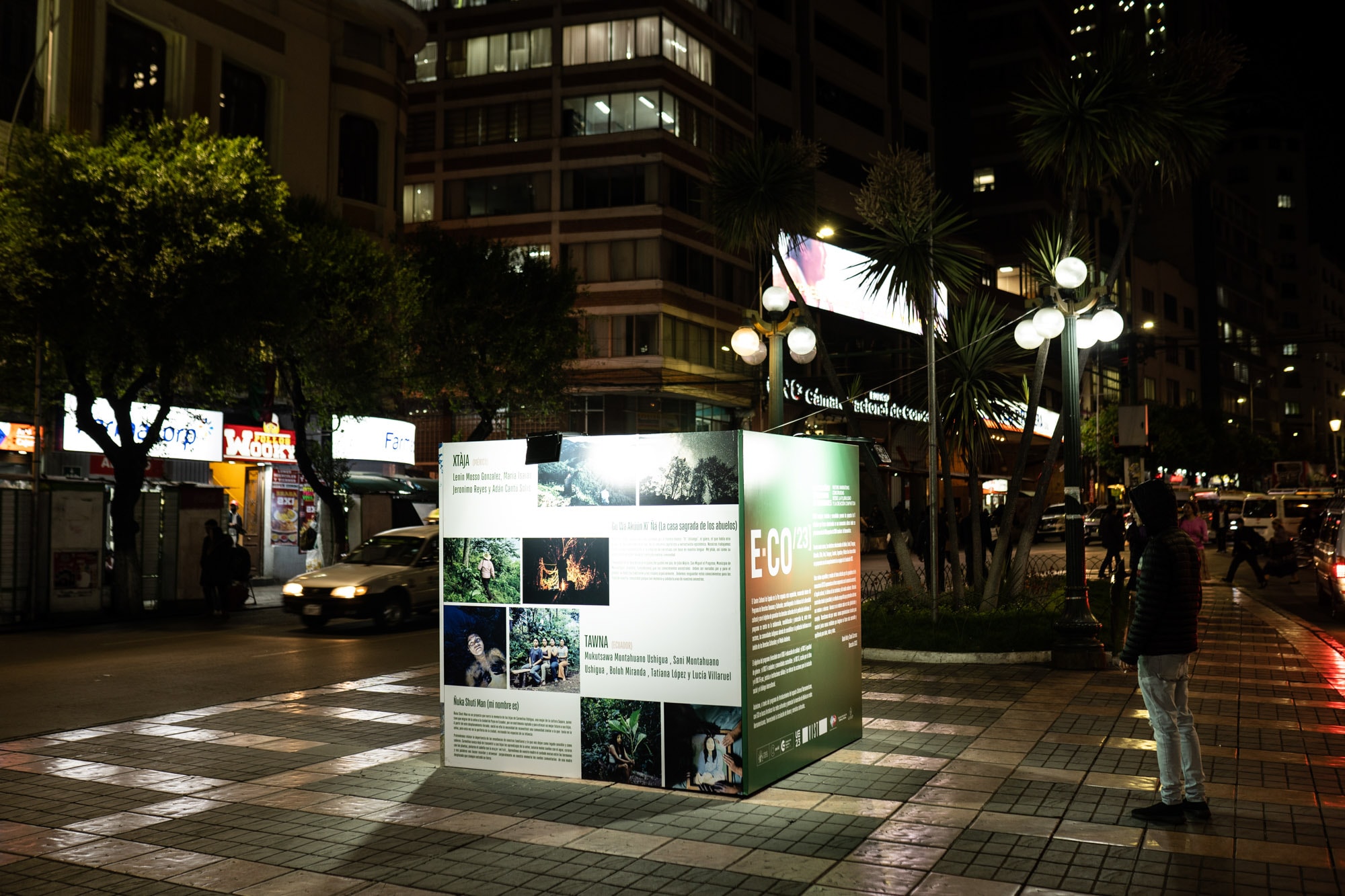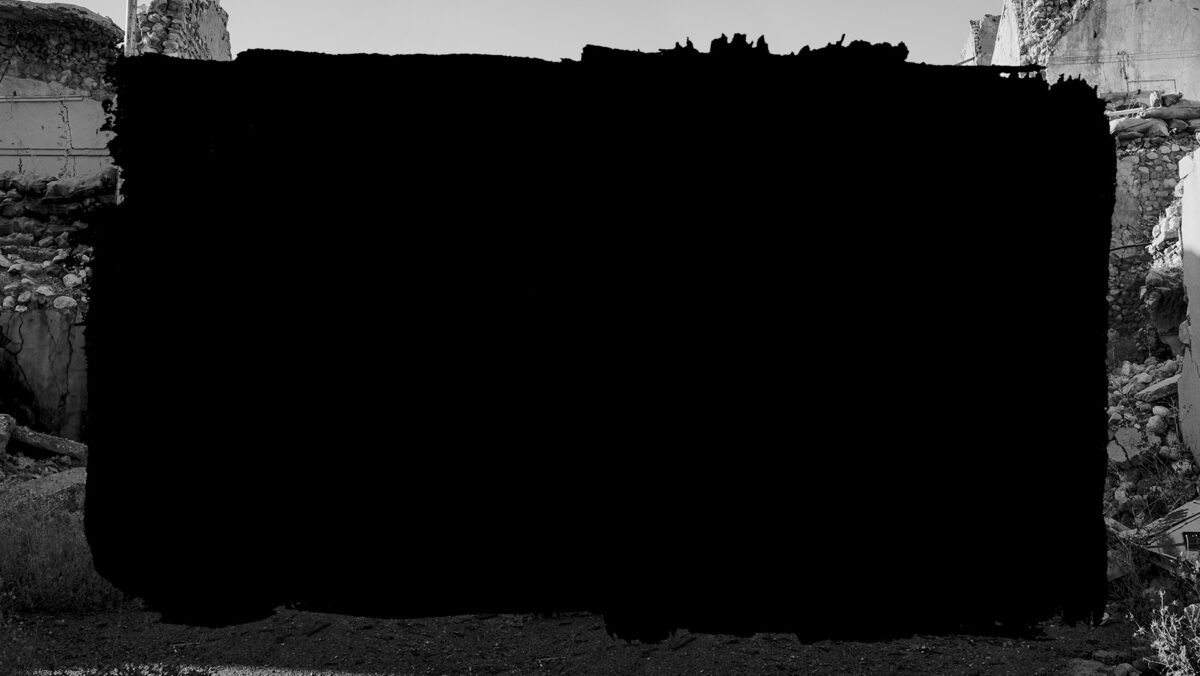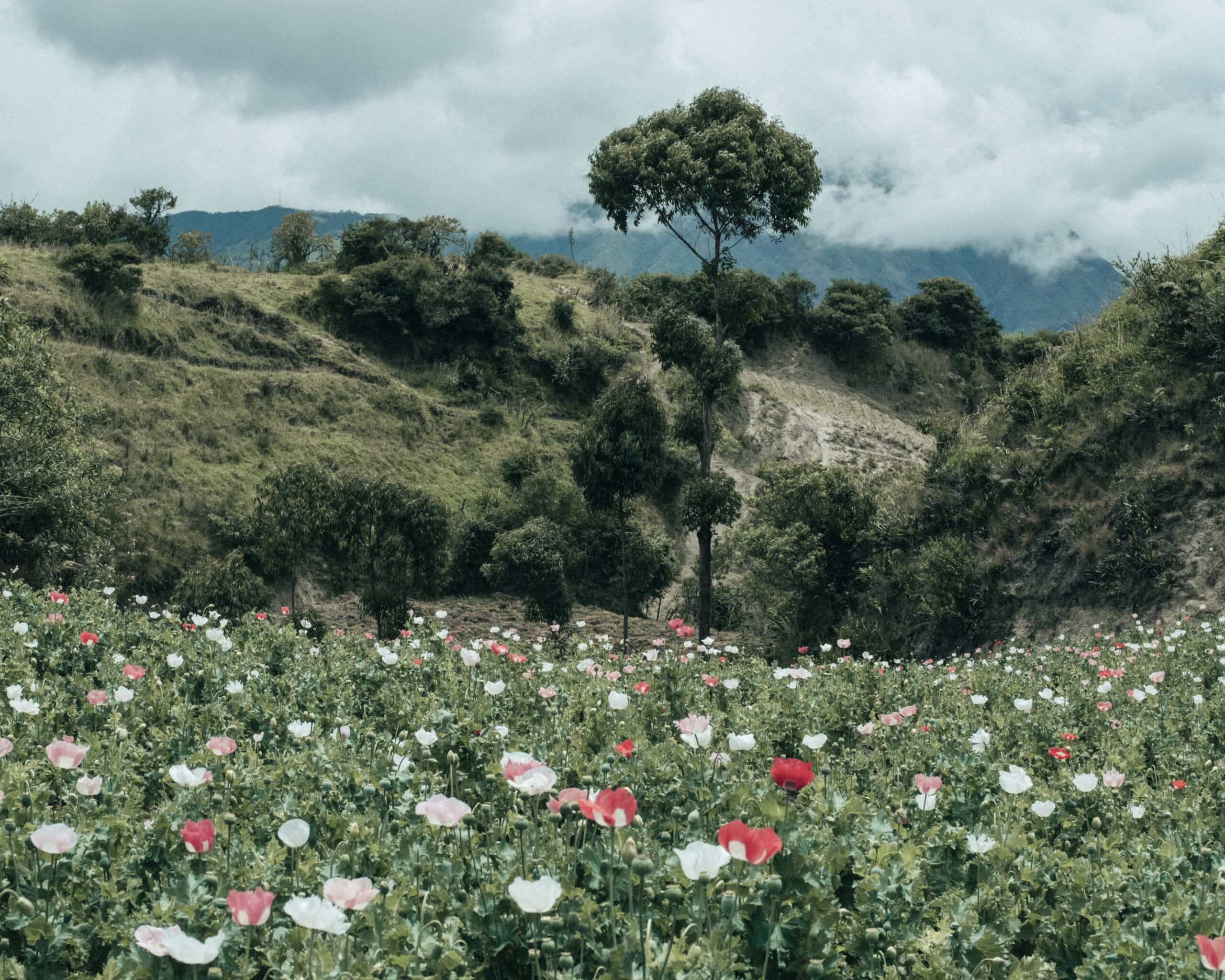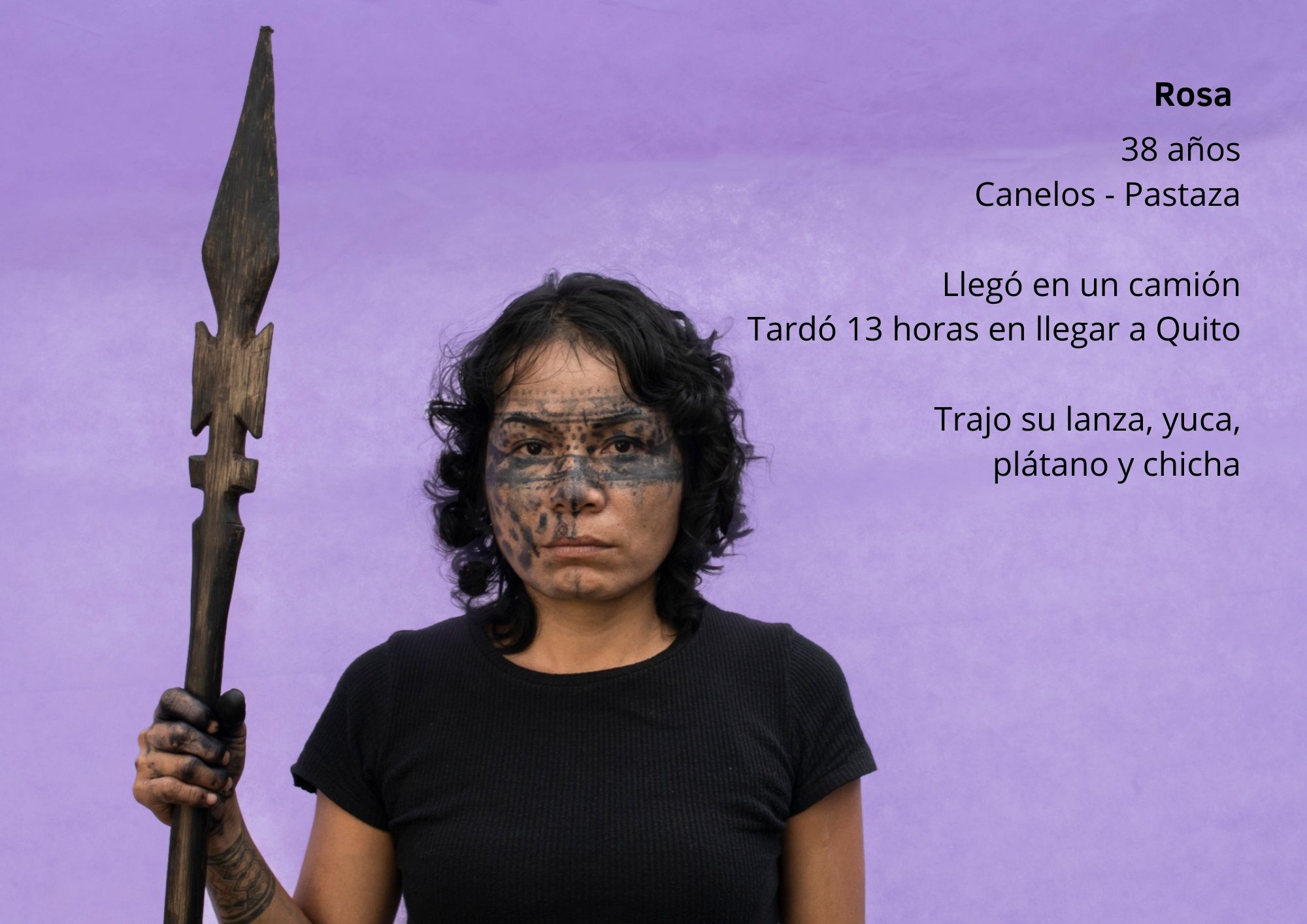
Ecuador: the voices of the strike
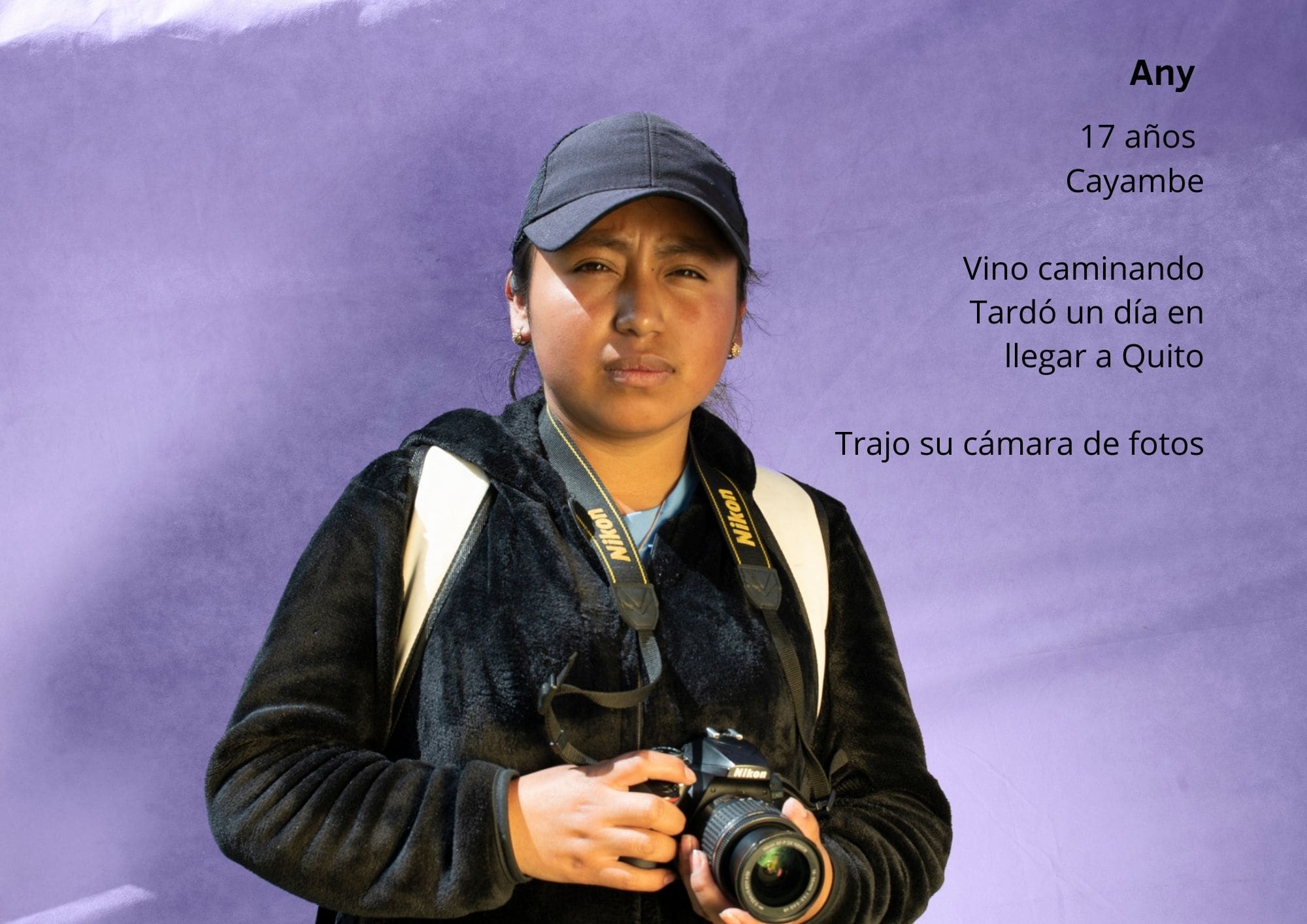
Isadora Romero y Michelle Gachet
The government, which claims to invite for dialogue, has declared a state of exception in 6 provinces and a night curfew in Quito. Backed up by a privileged minority, which speaks of two opposing sides, and accuse the indigenous people and their leaders of being terrorists and destabilizers. On June 24, in a national broadcast, president Lasso asked the demonstrators to return to their communities and accused them of being deceived into coming to Quito.
The portraits and testimonies that make up this project visibilize the voices of the protesters in their requests to the National Government. Requests that echo the statistics and data presented below:
Historical data:
The reasons for the strike are deep and long-standing. Ecuador (17,500,000 inhabitants) counts 1,100,000 inhabitants belonging to 14 indigenous nationalities, who live mainly in the central Andean area of the country (68%), in the Amazon (24%), and a minority (8%) in the coastal region and the Galapagos Islands (UNHCR). It is precisely the most impoverished and exploited population. Here are some figures:
32% of Ecuadorians are living in poverty, surviving on less than 2.80 US dollars a day and 15% are in extreme poverty, subsisting on 1.80 US dollars a day. However, in rural areas, half of the population, 49.2%, live in poverty and 28% in extreme poverty (INEC).
Twenty-seven percent of children under 2 years of age suffer from chronic malnutrition and among indigenous children, the percentage rises to 39%, this places Ecuador as the second country in Latin America with the highest rates after Guatemala (Unicef). The basic food basket costs US$729, while the minimum wage is US$425, and 3 out of 10 workers are unable to cover it (INEC).
The agricultural peasant sector contributes 9.63% of the national GDP with US$9.6 billion and is the fourth most important economic sector (CEDIA). More than 64% of the national agricultural production lies in the hands of small producers; the food consumed by the whole country comes (60%) from peasant family agriculture (FAO).
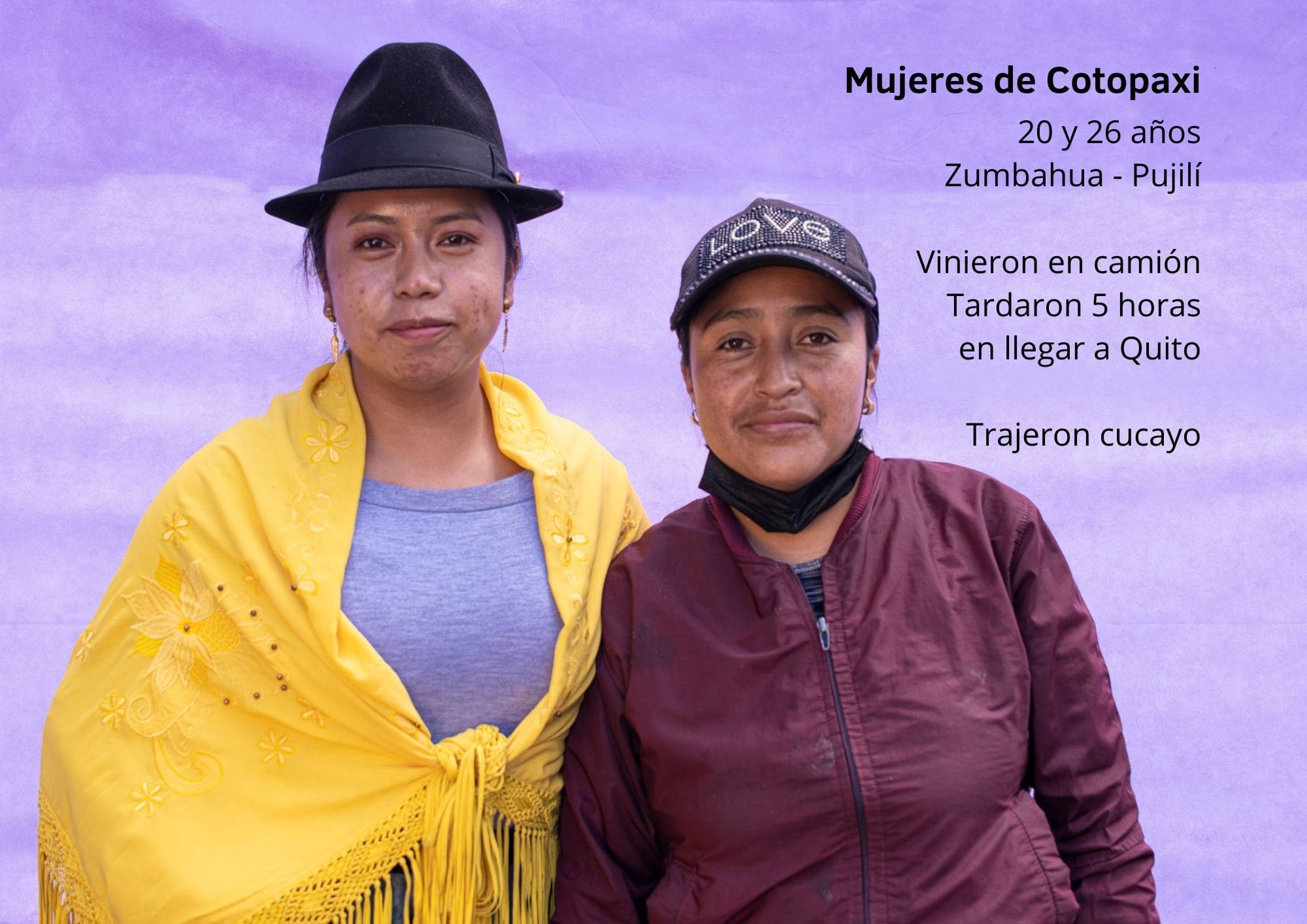
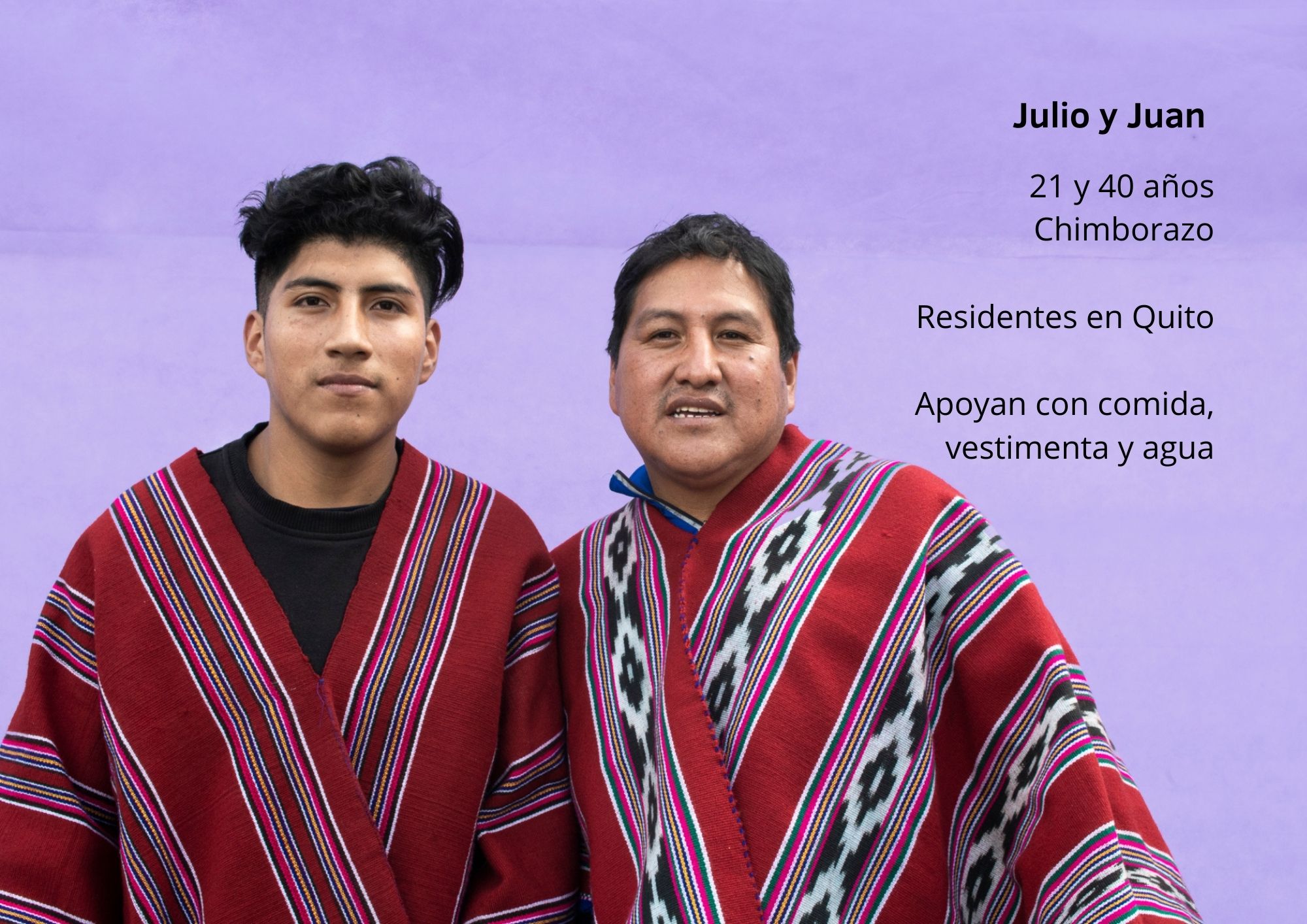
Attempts at dialogue:
CONAIE has been proposing a dialogue with the government for a year now. They first presented their demands on June 11, 2021, through a document delivered to the governor of Cotopaxi. On August 5, 2021, they presented a plea to the presidency; these documents were ignored. On October 4, 2021, a first dialogue was held, and on November 10, 2021, a second dialogue. No real actions have been taken since, hence, on May 20, 2022, the indigenous organization resolved for a national mobilization with an agenda containing 10 topics aimed precisely at improving the living conditions of Ecuadorians.
Repression:
The Government has responded to the protests throughout the country with unprecedented repression. In Quito, the government forces have even violated the premises of the universities which house the demonstrators, including women and children, with a bombardment of tear gas. A report by the Alliance of Organizations for Human Rights dating June 22, quantifies 3 dead, 92 wounded, 94 arrested, and 4 disappeared. This Friday 24, the CONAIE has reported 5 deaths.
An assembly held by the CONAIE today elucidates future actions.
Multimedia work by: Isadora Romero and Michelle Gachet Text by: Isabel Paz y Miño
